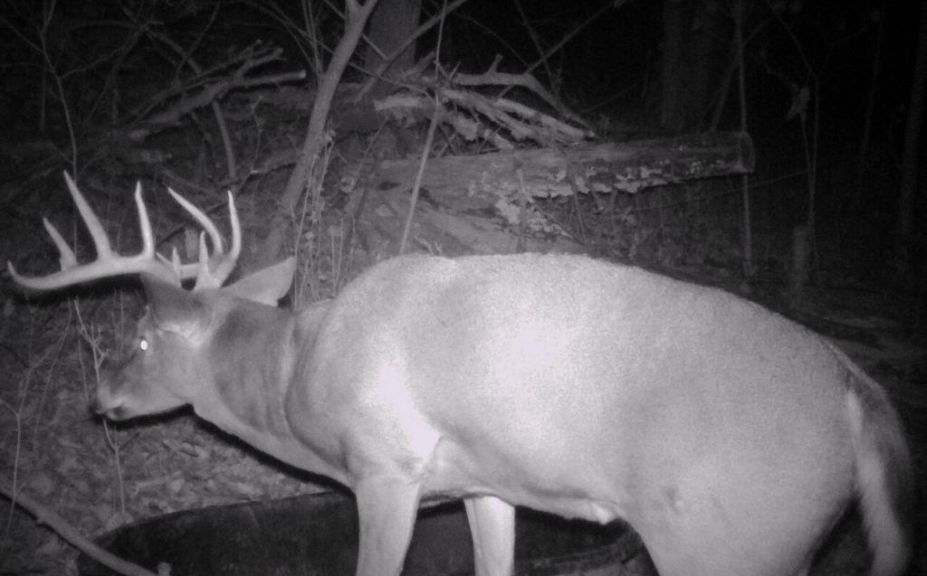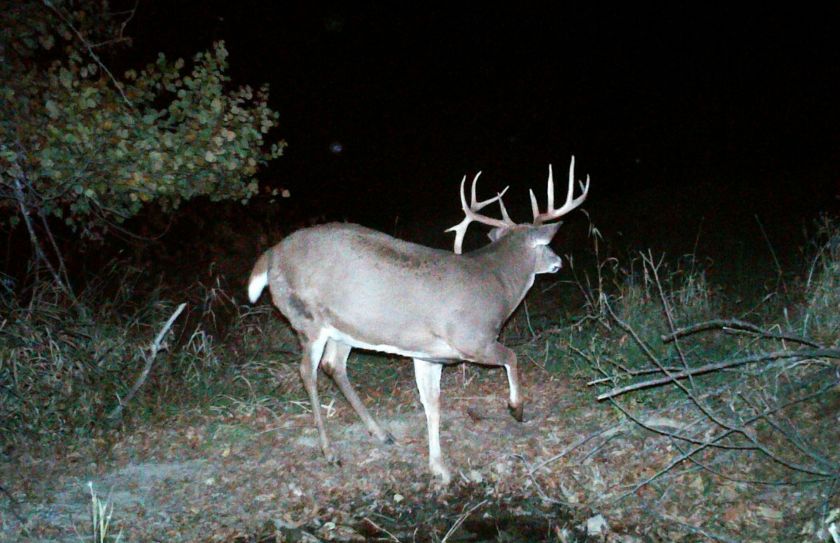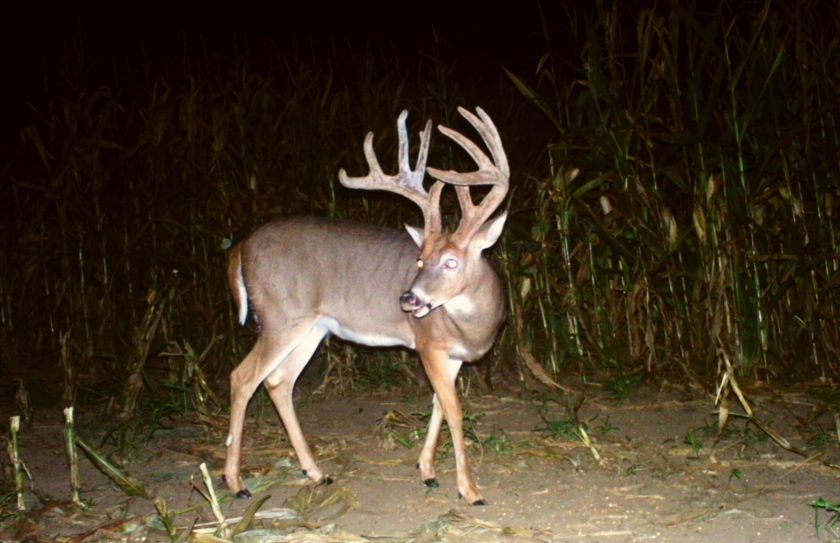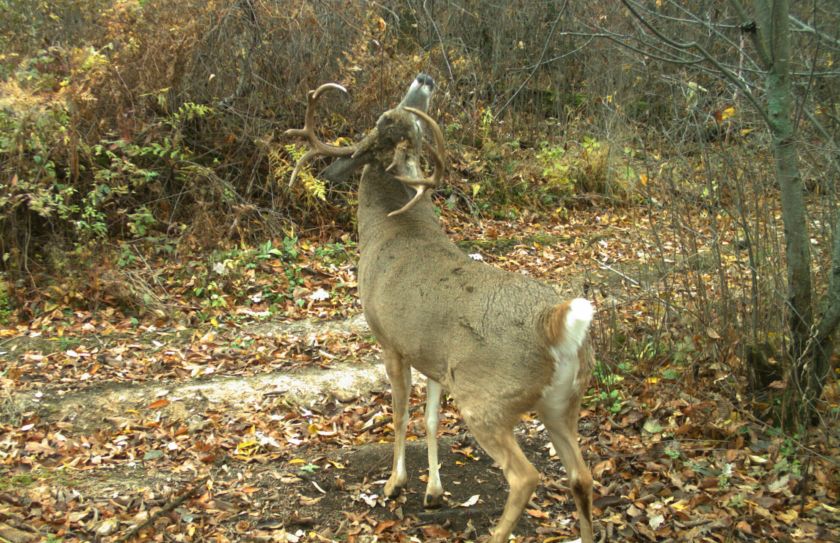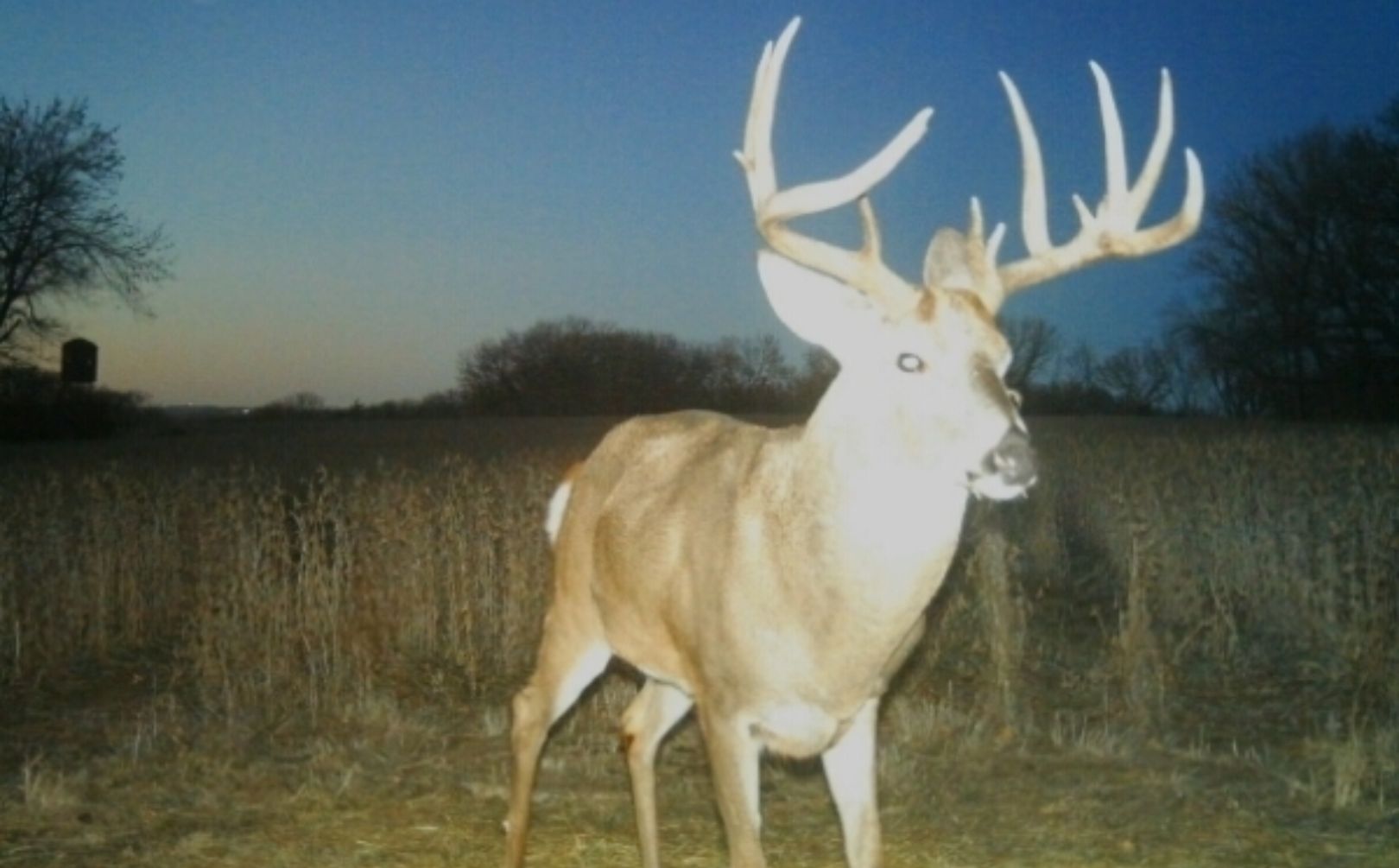
A core or non-core buck is an incredible creature! That statement is absolutely not a knock on a wise old doe, but boy, nothing should get your heart pounding more than the individually unpredictable, solitary nature of a cagey monarch. However, which is he? Core or non-core? core or non-core buck is an incredible creature! That statement is absolutely not a knock on a wise old doe, but boy, nothing should get your heart pounding more than the individually unpredictable, solitary nature of a cagey monarch. However, which is he? Core or non-core?
While doe family groups carry out the majority of their existence within the hierarchy of a structured herd environment, the older a buck grows the more seemingly solitary and reclusive he becomes. Can you imagine what a cranky old buck has had to live through? Not only has he somehow beat the odds to grow to an age the vast majority of his kind never came close to achieving, but he has learned to navigate through life's riskiest moments while making life or death decisions, on his own.
It's a buck's ultimate ability to achieve maturity by relying largely on his own ability, attitude and personality that continues to intrigue me, and fuel my passion for hunting as old of an age class of bucks as possible. For decades I have been blessed to be able to experience various mature bucks up to 8 years old, while hunting invidual giants in several states on both public and private land. A few dozen monarchs have left incredible impressions on both my heart and mind over the years, as I have tried my best to put myself into their lives in an effort to understand their decisions of both life and death. Many aspects of mature buck behavior have forever been entrenched into my past, present and future writing efforts. Today, however, I am writing about what I feel is the most important question of a buck's life that you need to answer in order for you to consistently create harvest opportunities for the oldest bucks in the neighborhood: Is the buck you are hunting a core buck, or not?
What is a Core Buck?
The pictures of the the buck in the beginning and the end of this article represent a monster of a buck that my friend Paul was blessed with being able to harvest in 2012-over 4 years after we first captured his picture through the lens of a game camera! These 2 pictures are also part of a very small "album" of pictures of this buck during that 4 year period. Would you believe that our photo collection of this outstanding specimen that spans over 4 years, totals less than 10 pictures? Although I believe that we had the opportunity to potentially shoot this buck each of the 4 years he was hanging around the land that we hunt, he was certainly not a core buck! I do not believe that he was nocturnal, and I don't believe that he just avoided the cameras or hunters on the land. Instead, I personally believe that he just simply didn't call the land that we hunted, "home".
A core buck calls the property that you hunt it's home during hunting season, and that buck will tell you that the land you hunt is it's home in a couple of different ways:
1. Although you may not see him while hunting, your game cameras should, and they should collect pictures of him often! A core buck will show his face not only consistently, but close to shooting hours as well. A solid game camera strategy is easily your #1 scouting method that you can employ, and if you don't use them your are missing more than just the potential for some cool pictures.
2. The pattern of use on your land, from bedding areas to travel corridors to food sources, should become more defined the older a core buck becomes. A mature buck gravitates to the habitat and behavior patterns that have kept him safe for years, and through the amount of buck sign that a buck leaves as he ages, you should be able to easily recognize his highly defined home range.
When Should You Hunt a Core Buck?
A core buck on your land should be hunted early, and often! When is the least predictable period of time that a mature core buck can be hunted? During the Peak to Post periods of the rut, when his yearly wanderings can potentially take him a mile or more away from your treestands in search of one of the last receptive does he may find. There are numerous times during the season that you can expect to have a realistic opportunity at a mature, core buck:
1. Early season evening feeding patterns
2. Pre-rut late October mornings (best chance!)
3. Pre-rut evening feeding patterns
4. Gun season bedding security cover hunts
5. Gun season evening feeding patterns
6. Late season evening feeding patterns
Hunting a core buck during the Peak and Post rut periods can still lead to great success, however a mature buck can establish a home range of several square miles during the most intense period of the rut. He may travel by your treestand within his heavily defined October pattern of use, or he may cruise by your neighbor 3 parcels aways as a non-core, random interloper. Another risk to "losing" an opportunity with a core buck is if you lack the quality combinationn of cool-season food and cover that the deer herd craves during the late season. I personally love watching high quality late season food sources during December, because you just never know which non-core buck may step out from an afternoon bedding area! If you have great cool season food sources and cover, there really isn't a lot of reasons for a core buck to leave, other than hunting pressure. On the flip-side, if you have great cold weather habitat, there is a lot of reason to attract someone else's core buck, to your land.
When Should You Hunt a Non-core Buck?
Paul's buck was a great reflection of a mature, non-core buck. We feel strongly he lived and grew old on the neighboring property, where great habitat and security cover kept him alive for many years, and heavy hunting pressure pushed him away to safer pastures during the most intense period of the hunting season. Paul shot the 13 pointer as he lazily stopped to take a drink from a waterhole, at 10:30 in the morning on opening day of rifle season. Karl, Paul's son, got a great look at this great buck during the 2011 Peak-rut as well, as he was most likely cruising to the exterior of his range during last week of Novemember. Because he wasn't a local, consistent resident on the lands the we hunted, we only focused our efforts towards him during the high pressure points of the hunting season-and Paul was greatly rewarded with a 167" beauty! There are 3 distinct periods of time to hunt a Non-core buck:
1. During the Peak to Post-rut periods
2. During the high pressure periods of gun season
3. During late season evening feeding patterns if you work to create the best cold-season habitat in the area
A Non-core buck offers an interesting hunting opportunity! But hunter beware...it is very important to identify which buck you are after, because it can be counter productive to move in at the wrong time and spoil a stand location. If you are hunting a buck that features random and scattered game camera photos, try to exercise some patience with a potential stand to harvest the old beast from, and you can often be rewarded with an efficient, "one and done" hunting opportunity.
Conclusion
There is no member of the local whitetail herd that stirs my hunting soul more than a crafty old monarch! In the end I have a passion for hunting a buck whether his is core or not, but I really enjoy the # of days afield that a core buck offers to potentially hunt him, become familiar with him, and to offer a glimpse into his personal behavior. As you begin to study your own mature bucks within the neighborhood that you hunt, try to identify their individual home range, and how that location will effect when and where you will potentially have a chance to eventually harvest them. While personally reflecting on the monarchs of my past, understanding that a mature buck chooses to inhabitat a fairly defind core area helps to explain many of the mysteries of the various aspects of buck behavior that I have experienced. I hope that a greater understanding of core bucks will not only help you make sense of your past experiences, but of many experiences yet to come, while practicing core mature buck hunting strategies.
